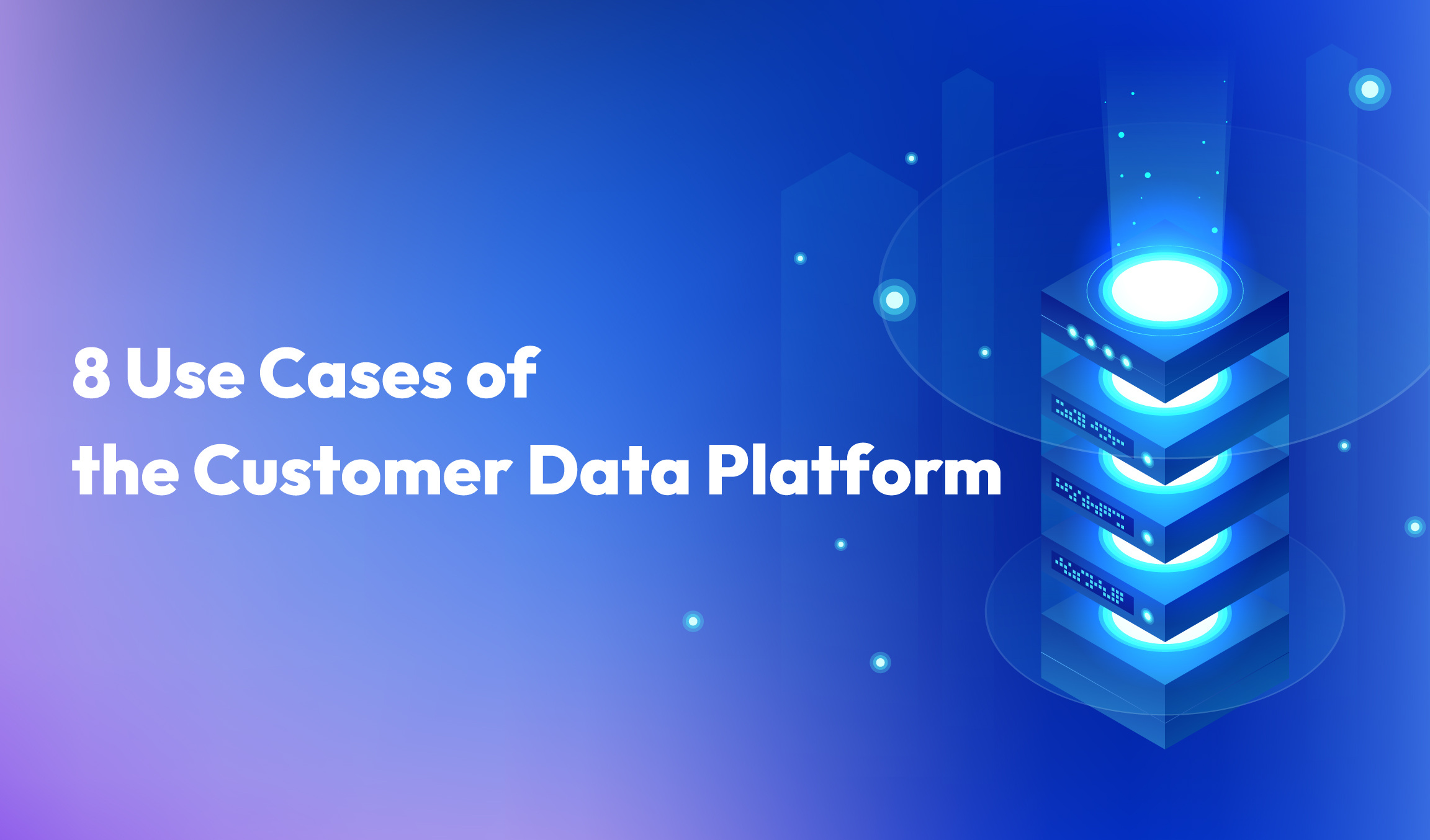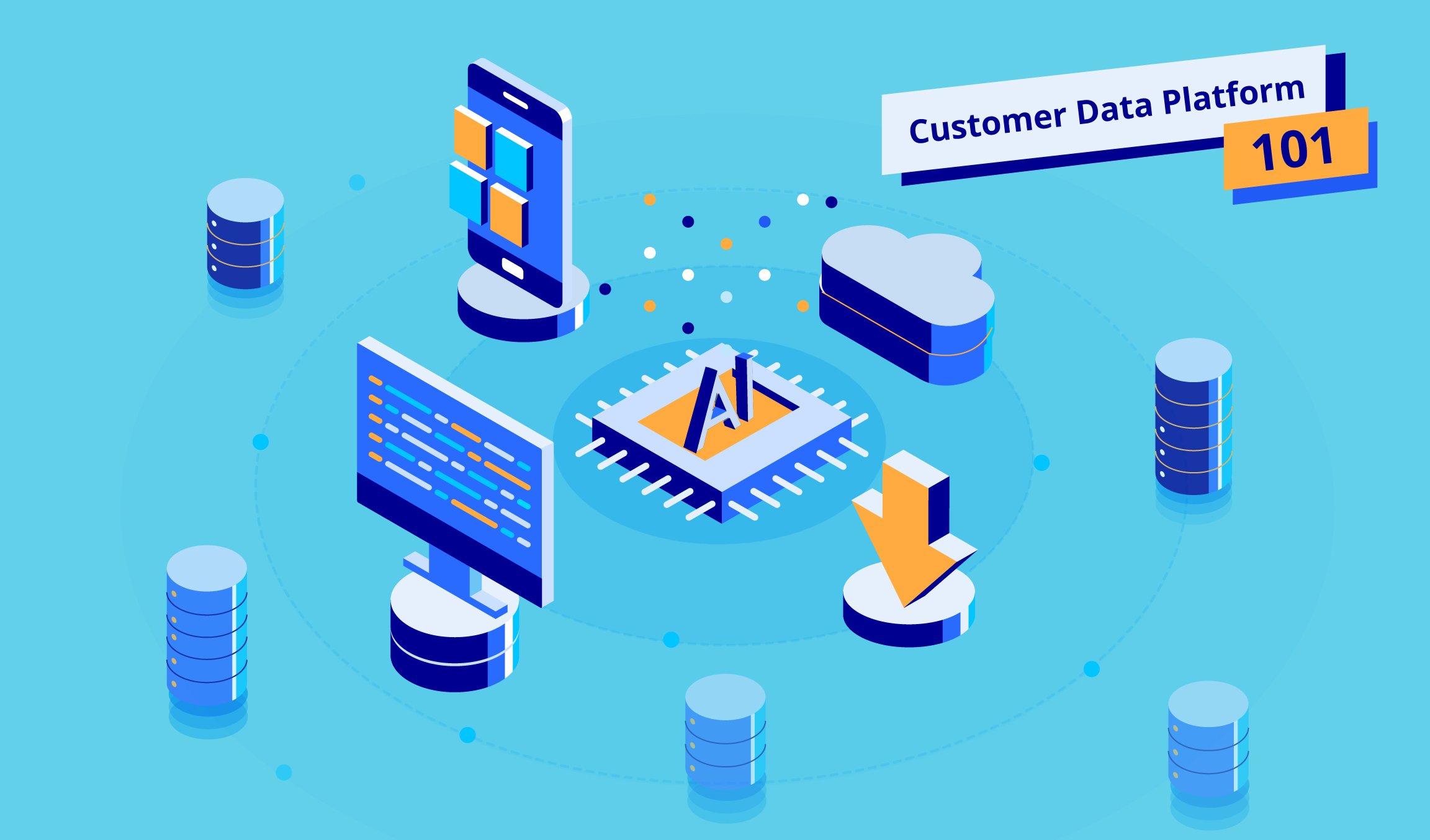5 min read
Andy is your average young professional working in the marketing industry. Lately, since the initial panic over the death of third-party cookies subsided, clients have been asking him about zero-party data. What is it? How is it different from first-party data? And what does “zero-party” even mean?
If you are a marketer, these are likely questions that you may have or have been encountering regardless of the industry you are in. To answer your questions, we at Appier have done a deep dive into the topic and will explain what zero-party data is and how it relates to first, second and third-party data below with examples.
The Origin & Meaning of Zero-Party Data
Coined by Forrester Research in 2018, zero-party data refers to any “data that a customer intentionally and proactively shares with a brand, which can include preference center data, purchase intentions, personal context, and how the individual wants the brand to recognize [them].”
We would like to highlight in the above definition the phrase “a customer intentionally and proactively shares with a brand,” emphasizing that zero-party data is information that a customer consciously provides to a brand. The incentive for a customer to volunteer such information can range from a small reward for answering a quiz to a better, more personalized shopping experience by making certain preference selections.
Zero-Party Data Exemplified:
Andy, our young marketer, is a tech enthusiast. He is frequently browsing through the coolest new gadgets online and fills out questionnaires on websites to indicate what new types of products he would like to see on the market. The information he shares in the questionnaires becomes the respective websites’ zero-party data. In other words, Andy intentionally and proactively shared the information with the websites.
Zero vs. First-Party Data
As the term zero-party data has become more popular, one question that gets raised a lot is how it differs from first-party data. The key distinction is that zero-party data is only what customers voluntarily provide to a company, while first-party data is anything that a company can directly collect from its customers and own.
What is data that customers do not actively provide but that companies can collect nonetheless? Interest and behavioral data such as items viewed and time spent on a page that a company can glean with web analytics tools without any input from their customers.
First-Party Data Exemplified:
Whenever Andy browses his favorite electronics e-commerce platform, he is generating data that the company can collect as first-party data. When Andy clicks to view the latest smartphone, that is a data point that the platform has registered. When Andy takes one whole minute reading the specifications of the phone, that is another data point that is being recorded.
While there is a differentiation between zero and first-party data to be made, it is actually important to note that for the company that collects and owns all this data, the two are virtually the same. To the company, both sets of data are direct from customers and collected with consent.
What About Second and Third-Party Data?
Now that you know what zero and first-party data are, it is much easier to understand how they differ from second and third-party data. In the case of first, second and third-party data, the ordinal numbers refer to the party actually collecting the data.
First-party data is so named because the company who owns the data is the one who collected it directly. Following this naming logic, second-party data is any data that a company acquires secondhand from a trusted partner who collects the data from its customers with consent. In essence, second-party data is another company’s first-party data. Examples include data media publishers sell to advertisers or data one organization shares with another partner organization.
Second-Party Data Exemplified:
As a tech enthusiast, Andy reads a lot of tech news. His digital body language on a particular tech news site is that outlet’s first-party data that can be sold to his favorite electronics e-commerce platform. Once acquired, this data becomes the e-commerce site’s second-party data.
Third-party data is on its last legs as leading web browsers have eliminated or are planning to eliminate their cookies. To understand the decision and why it makes sense in a privacy-conscious world, we must understand what third-party data is.
Third-party data is commonly defined as information collected by a company that does not have a direct relationship with the customer whose data is being collected. Often, third-party data is collected by data aggregators that collect the data from multiple sources and combine it all together, hence the relatively low level of accuracy and reliability of said information.
Due to the aggregated nature of the data, it is difficult to discern whether all data was collected with consent, and this is why third-party cookies and data pose a threat to a user’s privacy and are thus being phased out by the tech community.
Third-Party Data Exemplified:
If Andy’s favorite e-commerce site buys data from a data aggregator to improve how it targets its customers, the data that is bought is third-party data.
Why Are Zero and First-Party Data So Valuable?
All data, when well utilized, is valuable, but what makes zero and first-party data uniquely valuable is that they are directly from your customers. Zero-party data is what your customers are telling you in their own words, and first-party data is what they are providing to you through their actions. As such, these types of data are more reflective of what your customers want and more relevant to how you conduct your business.
At Appier, we have developed a number of solutions that can help marketers leverage zero and first-party data. Whether you want to collect more zero-party data, analyze and leverage first-party data, or enrich your data and derive more insights, we have a solution for you. Reach out to us now to learn more.



